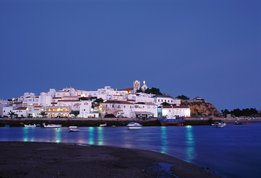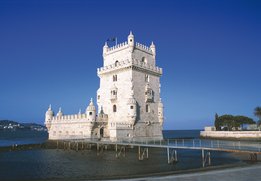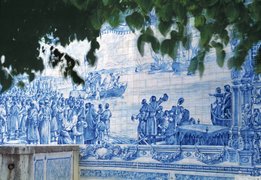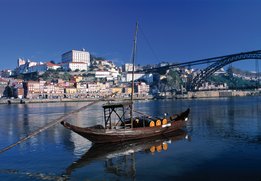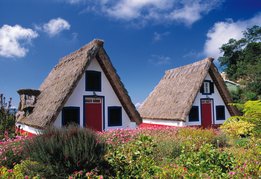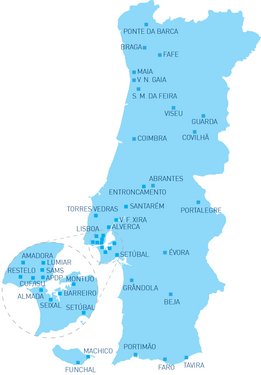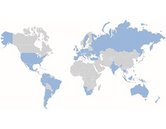Every year, some 17 million tourists come to Portugal to enjoy its warm climate and beautiful landscapes. The best-known destinations are the historic cities of Lisbon and Porto and the sunny beaches of the Algarve. But there is a lot more to discover in this country, if you get into the spirit of its famous explorers.
Portugal is Europe’s westernmost country, stretching along the Atlantic coast of the Iberian Peninsula and bordered by Spain on the land side. Portugal occupies roughly 16% of the Iberian Peninsula plus the small Atlantic archipelagos of Madeira and Azores. Its population is just over 10 million people, most of whom live along the coast.
Although it’s not large, Portugal is a country of great regional diversity, with high mountains and green forests in the North and the centre, contrasting with the dry plains of the South. In general, the climate tends to be temperate throughout the year, with long, hot summers, mild springs and autumns and relatively mild winters, although the temperatures and climate conditions are marked by strong local differences. In the Azores, the weather is mild, while sub-tropical Madeira is a bit warmer and very pleasant all year round.
